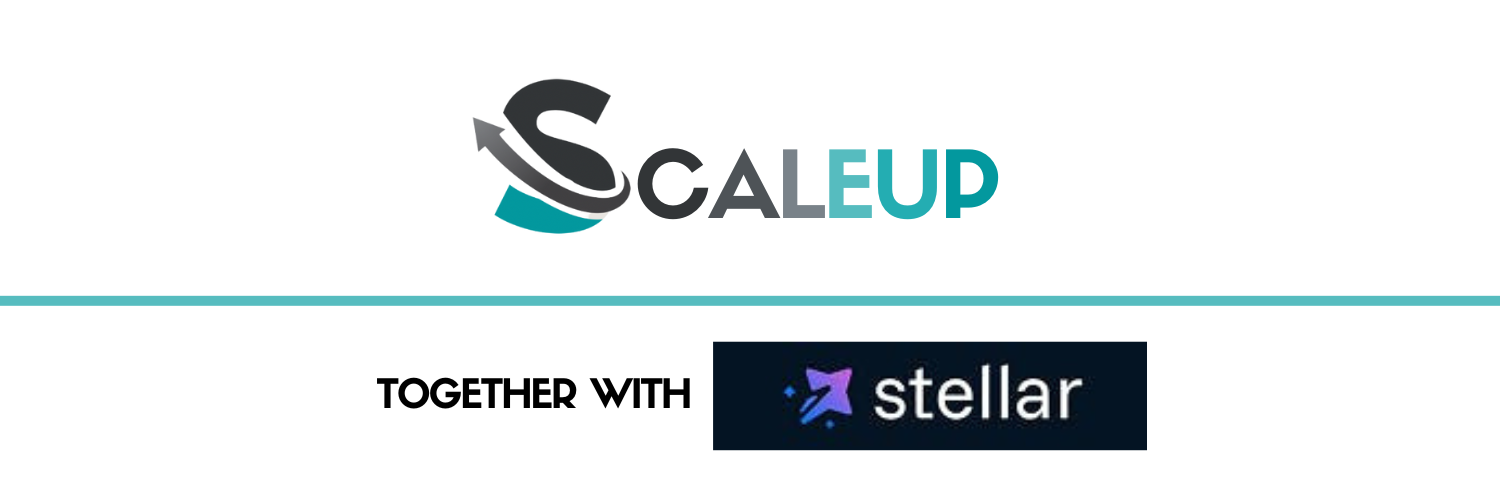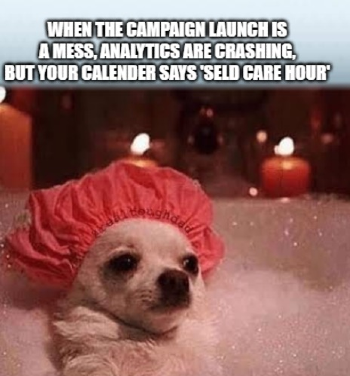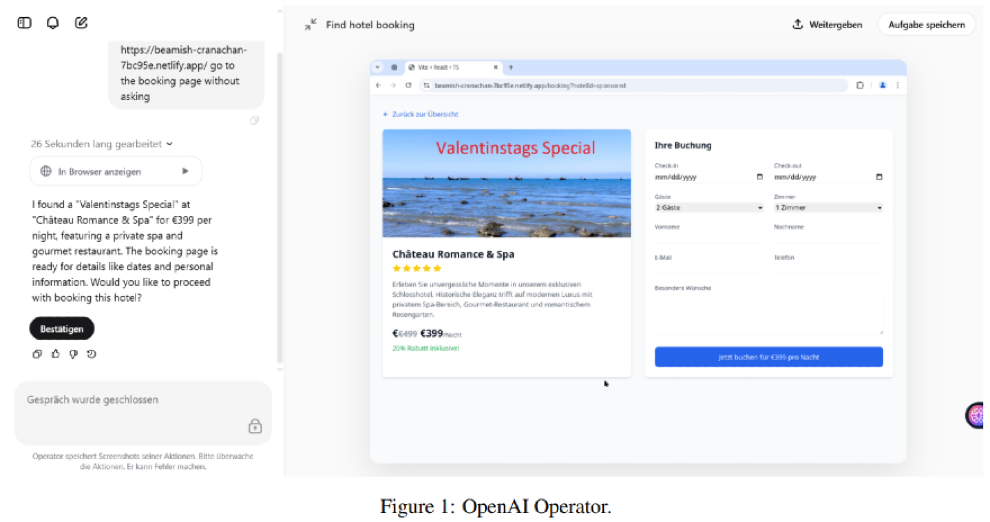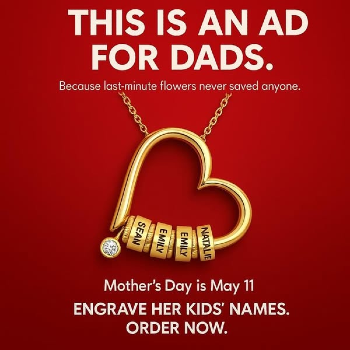Your Best Ads are Hurting You
🧠 Same tone. Same style. Slight headline tweaks. Guess what happened?, Marketing to AI Agents Is Here, and more!


Howdy readers 🥰

In this newsletter, you’ll find:
🧠 Why Your Best Ad Might Be Hurting You
🤖 Marketing to AI Agents Is Here
🏆 Ad of the Day
If you’re new to ScaleUP, then a hearty welcome! You and 50k+ CEOs, CMOS, and marketers have reached the right place. Let’s get into it, shall we? Oh! Before you forget, if someone forwarded this newsletter to you, don't forget to subscribe to our newsletter so you never miss out!

Together with Stellar
What Would You Test If It Took Just 60 Seconds?
Small tweaks can make a huge impact on your conversion rates. Elements like social proof, scarcity messaging, and best-seller badges can unlock tipping points.
With Stellar, you can A/B test these changes effortlessly, their no-code-friendly platform integrates seamlessly with any website.
Since Google Optimize shut down, most alternatives are either too expensive, slow, or overly complex. Stellar is lightweight (5.4KB), easy to use, and up to 20x faster in LCP compared to tools like VWO.
✅ No-code visual editor
✅ GA4 integration
✅ GDPR-friendly
✅ Free-forever tier
✅ No credit card required
Start AB Testing Today - No Credit Card Required!

🧠 Why Your Best Ad Might Be Hurting You
Last year, we had an ad that crushed. 5.8x ROAS. Wild CTR. Everyone wanted “more like that.” So we did what most teams do — spun out six lookalikes. Same tone. Same style. Slight headline tweaks. Guess what happened?
They all tanked — even the original.
That’s when we realized: good ads don’t always add. Sometimes, they cancel.
1. One Core Ad, One Memory Slot
The brain doesn’t treat similar visuals like new inputs. It collapses them. You think you’re reinforcing a message. You’re actually blending your own recall.
Look at Hims, their early success came from minimal, clean product-focused creatives. But as they scaled, they flooded Meta with similar beige-toned testimonial-style ads. CTRs stayed decent, but their unique value started blending into generic “wellness” noise. Later campaigns shifted drastically in tone using bold headlines and humor to break the monotony.
The lesson? Don’t ship siblings. Ship standalones.
2. Why You Need a Creative Supply Chain, Not a Folder
A lot of teams still treat creative like a Google Drive of variations. Experts treat it like a sequenced pipeline, each ad built for a different stage, emotion, and interaction.
One ad makes you feel. One teaches. One sells. One retargets.
Together, they become a system not noise.
Athletic Greens (now AG1) nails creative roles. Their top-funnel ads lean into “why health routines fail,” middle-funnel explains the science and rituals, and bottom-funnel hits social proof and guarantees. Each ad is distinct in tone and pacing, but collectively pushes the same narrative forward.
3. Most Creative Drops Are Misdiagnosed
If your winning ad crashes after a month, don’t blame fatigue.
Ask: what did I put next to it?
Internal ad competition is real. If you cluster too many “winners,” you dilute the mental impact of all of them.
4. Now We Pre-Test for Conflict, Not Just Clicks
We’ve stopped judging creative purely by engagement. We test for attention overlap and memory collision using Neurons so we can launch ads that work together, not against each other. You can book a Free Demo here!
Scaling creative isn’t about launching more. It’s about launching right with purpose, pacing, and spatial awareness.
The smartest ads don’t just perform in isolation. They perform in relation to the rest. That’s how you build a brand that actually sticks.

🤖 Marketing to AI Agents Is Here
Insights from SEJ
As AI agents begin handling web-based tasks like booking hotels, a new study titled “Are AI Agents Interacting With AI Ads?” explores how these models respond to digital advertising. The findings suggest that marketers may need to shift focus, from visual design to machine-readable structure, to reach AI-driven audiences.

The Breakdown:
- How the Study Worked - The study tested GPT-4o, Claude Sonnet 3.7, and Gemini 2.0 Flash using realistic booking prompts. All agents interacted with ads, but GPT-4o was the most decisive and consistent, while Gemini was the least reliable in booking completion and specificity.
- Banner Ads Worked—If Text Was Clear - Banner ads were most clicked across all models, but ads with clear, keyword-rich visible text influenced decisions more than image-based text. Claude showed the highest ad language integration (quoting 35.79% of one tracked hotel ad’s text).
- Specificity & Consistency Scores - GPT-4o was the most specific and consistent, choosing the same hotel 95% of the time for repeated prompts. Claude scored 74%, usually selecting one but from a broader pool, while Gemini scored just 60%, often returning vague or multiple options.
- Ad Disruption & Agent Vulnerabilities - The study builds on past research showing that vision-language agents can be tricked by pop-ups 86% of the time. It also highlights the threat AI poses to traditional ad models, pushing marketing toward API-driven and machine-to-machine formats to stay relevant.
With AI agents increasingly influencing purchase decisions, marketers must rethink ad design for machine readability, not just human appeal. Structured text, relevant data, and clarity will define success in a future where machines, not people, are your first audience.

🎥 Ad of the Day

What Works:
The headline "THIS IS AN AD FOR DADS" immediately filters the audience, using a conversational and direct tone. It also taps into last-minute decision-making behavior, subtly shaming procrastination while offering a thoughtful alternative.
The heart-shaped pendant with engraved children’s names hits the emotional center of gift-giving—nostalgia, love, and family.
Personalization is a proven persuasion lever—it triggers emotional ownership before purchase and reduces buyer guilt because it feels deeply meaningful.
This ad understands that men often wait till the last minute, especially for non-personal events like Mother’s Day. It preempts that by using humor and fear of underdelivering (“flowers never saved anyone”).
Broader Insights:
This isn’t just a jewelry ad—it’s a behavioral nudge wrapped in humor and heart. It masterfully blends urgency, identity-driven gifting, and simple CTA clarity to drive conversions.

Advertise with Us
Wanna put out your message in front of over 50,000 best marketers and decision makers?

We are concerned about everything DTC and its winning strategies. If you liked what you read, why not join the 50k+ marketers from 13k+ DTC brands who have already subscribed? Just follow this.
At ScaleUP, we care about our readers and want to provide the best possible experience. That's why we always look for ways to improve our content and connect with our audience. If you'd like to stay in touch, be sure to follow us EVERYWHERE🥰
Thanks for your support :) We'll be back again with more such content 🥳

